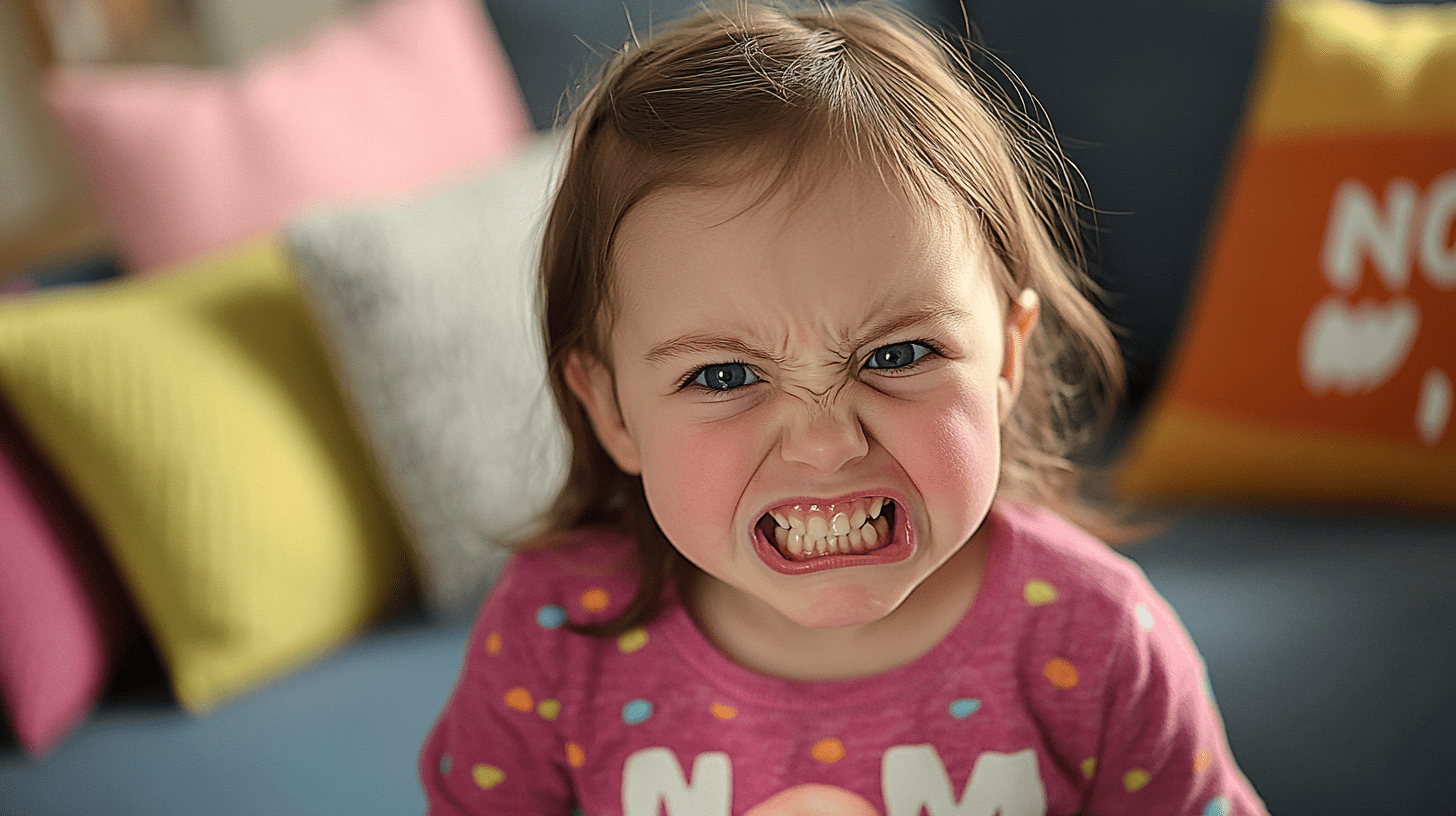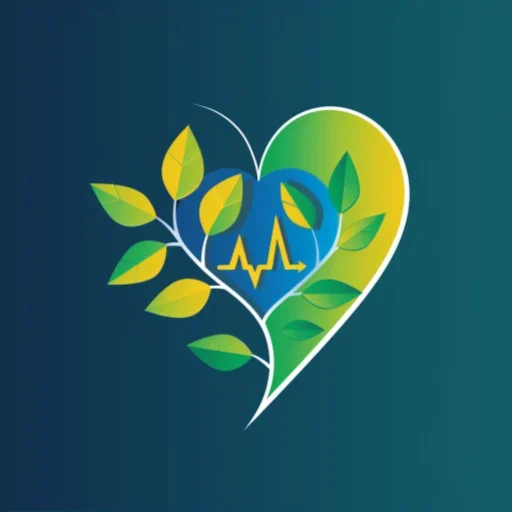It sounds like you’re navigating a challenging yet common phase in toddlerhood! Your little one’s growls and squinty-eyed expressions are actually signs of progress, showcasing her ability to express anger without resorting to hitting or kicking. Instead of viewing this as a problem, let’s reframe it as an opportunity to teach her healthier ways to express those big feelings. Remember, at just 3 years old, she’s still learning how to manage her emotions, and your guidance is crucial in this journey.
Understanding Anger in Toddlers
Anger can be a tough emotion for both parents and children to navigate. Often, our own childhood experiences with anger influence how we react to our child’s feelings. By embracing anger as a natural human emotion, you can help her feel comfortable expressing it without fear of judgment. For example, when she growls, instead of dismissing it, acknowledge her feelings: “I see you’re really mad right now. It’s okay to feel that way!” This validation can go a long way in helping her understand that anger is a normal part of life.
Co-Regulation: A Powerful Tool
One of the most effective strategies for helping your daughter manage her anger is through co-regulation. This means you model calmness and provide physical comfort during her emotional outbursts. When she’s upset, try holding her hand or giving her a gentle hug. Say something like, “Let’s take a deep breath together,” which not only calms her but also teaches her how to self-soothe. Your calm presence can help her nervous system shift from high alert to a more relaxed state.
Modeling Healthy Anger Expression
As her primary emotional teacher, your reactions to her anger are crucial. Instead of trying to talk her out of her feelings, model how to express anger appropriately. Share your own feelings in a calm manner: “I feel frustrated when things don’t go my way too, but I like to talk about it.” This shows her that it’s okay to feel angry, but it’s important to express it in a way that doesn’t hurt others or herself.
Encouraging Healthy Outlets
Introduce her to creative outlets for her anger. Activities like drawing, playing with clay, or even stomping her feet can help her channel her emotions constructively. Try saying, “When you’re mad, let’s draw a picture of how you feel!” This not only distracts her but also gives her a tangible way to express her feelings. Over time, she’ll learn that it’s okay to feel angry, and she’ll have the tools to express it without growling.
Remember, parenting is a journey filled with ups and downs. With patience and practice, your daughter will learn to navigate her emotions in healthier ways. Celebrate her progress, even the small victories, and remind her that it’s okay to feel angry—what matters is how we choose to express it. You’re doing an amazing job, and she’s lucky to have such a caring parent by her side!
toddler anger management
Helping Your Toddler Express Anger: Strategies for Healthier Emotional Expression
As a parent, navigating your toddler’s emotions can feel like a rollercoaster ride. When your 3-year-old expresses anger through growls and clenched teeth, it’s a sign of her emotional development. Instead of viewing this as a problem, consider it an opportunity to guide her toward healthier expressions of anger. This article will explore effective strategies to help your toddler express her feelings in a constructive way.
Understanding Your Toddler’s Anger
Anger is a natural emotion, even for toddlers. At this age, children are still learning how to manage their feelings, and their brains are not fully developed to articulate complex emotions. When your daughter growls or shows her anger physically, she is communicating her feelings in the only way she knows how. Recognizing this is the first step in helping her express anger more healthily.
Why Anger Management is Challenging for Young Children
Many parents struggle with anger management because of their own childhood experiences. If you grew up in an environment where anger was either suppressed or expressed explosively, it can be challenging to model healthy anger expression for your child. Understanding that anger is a normal human emotion is crucial. By embracing this, you can help your child learn to express her feelings without fear of judgment.
Building Emotional Regulation Skills
One of the most important skills you can help your toddler develop is emotional regulation. This involves teaching her how to manage her feelings in a way that is safe and socially acceptable. Here are some strategies to consider:
1. Teach Physical Regulation Techniques
Help your child learn to calm her body when she feels angry. This can include deep breathing exercises, counting to ten, or using a calm-down corner with soft toys and books. Encourage her to notice how her body feels when she is angry and to use these techniques to help her calm down.
2. Model Healthy Anger Expression
Children learn by observing their parents. When you feel angry, express it in a healthy way. Use phrases like, “I’m feeling frustrated right now,” or “I need a moment to calm down.” This teaches your child that it’s okay to feel angry and that there are constructive ways to express it.
Co-Regulation: The Power of Togetherness
Co-regulation is a powerful tool in helping your toddler manage her emotions. This involves you staying calm and providing comfort when she is upset. For example, when she is angry, hold her hand and say, “I’m here with you. Let’s take some deep breaths together.” This not only helps her feel safe but also teaches her how to regulate her emotions through your calm presence.
Validating Her Feelings
Validation is key when it comes to emotional expression. Instead of dismissing her anger, acknowledge it. You might say, “I see you’re really angry because you wanted that toy, and it’s hard when you can’t have it.” This helps her feel understood and teaches her that her feelings are valid, even if the behavior is not.
Setting Boundaries for Behavior
While it’s important to accept your child’s feelings, it’s equally crucial to set boundaries around behavior. You can say, “It’s okay to feel angry, but it’s not okay to hit or kick.” This helps her understand that while emotions are natural, certain behaviors are not acceptable. Reinforce this by providing alternative ways to express anger, such as using words or drawing her feelings.
Encouraging Dialogue After the Storm
Once your toddler has calmed down, engage her in a conversation about what happened. Ask her questions like, “What made you feel angry?” and “How did you feel when you growled?” This encourages self-awareness and helps her articulate her feelings better in the future. It also reinforces that anger is a temporary emotion that can be managed.
Conclusion: Embracing the Journey
Helping your toddler express anger in a healthy way is a journey that requires patience, understanding, and practice. Celebrate the progress she has made, from hitting and kicking to growling and expressing her feelings. With your guidance, she will learn to navigate her emotions more effectively as she grows. Remember, you are not alone in this journey, and it’s okay to feel frustrated at times. Embrace the process, and know that you are equipping her with essential skills for emotional health. Even when she growls, your support will help her thrive!

| Key Points | Details |
|---|---|
| Recognizing Progress | The toddler’s growling and facial expressions indicate progress in expressing anger without physical harm. |
| Understanding Anger Management | Anger is a complex emotion; children often struggle to articulate it due to developmental limitations. |
| Importance of Scaffolding | Scaffolding helps children build skills appropriate to their developmental stage, focusing on physical regulation and comfort with anger. |
| Co-Regulation Techniques | Co-regulation involves parents staying calm and providing physical comfort to help toddlers manage intense emotions. |
| Modeling Anger Acceptance | Parents should validate their child’s anger and model healthy responses to emotions without shutting them down. |
| Long-Term Emotional Health | With patience and practice, children will learn to express anger appropriately, leading to better emotional regulation over time. |



